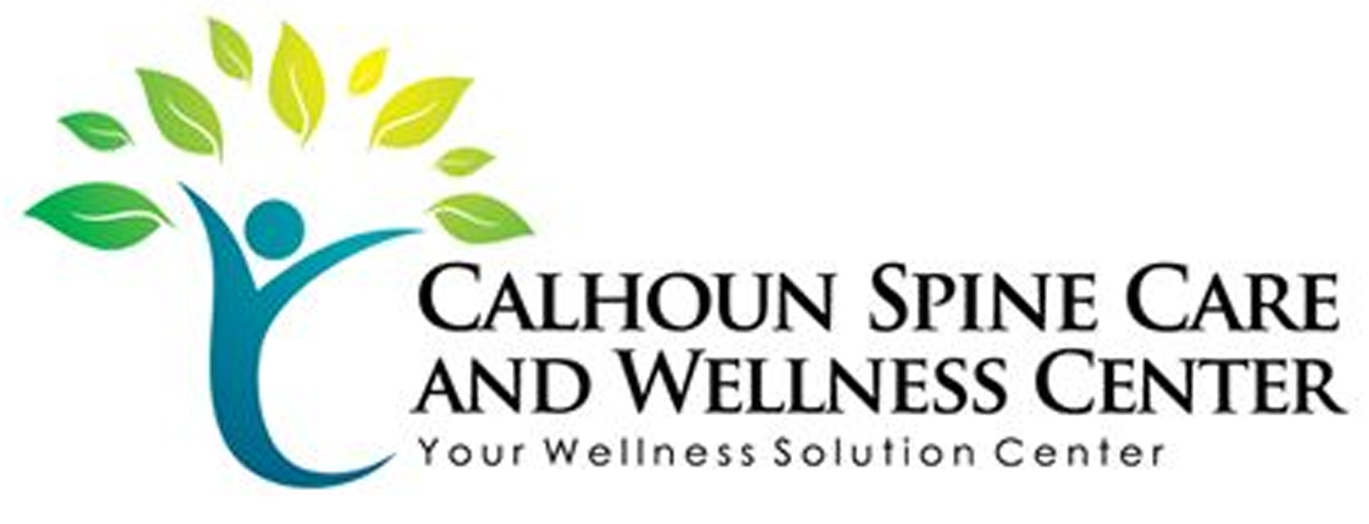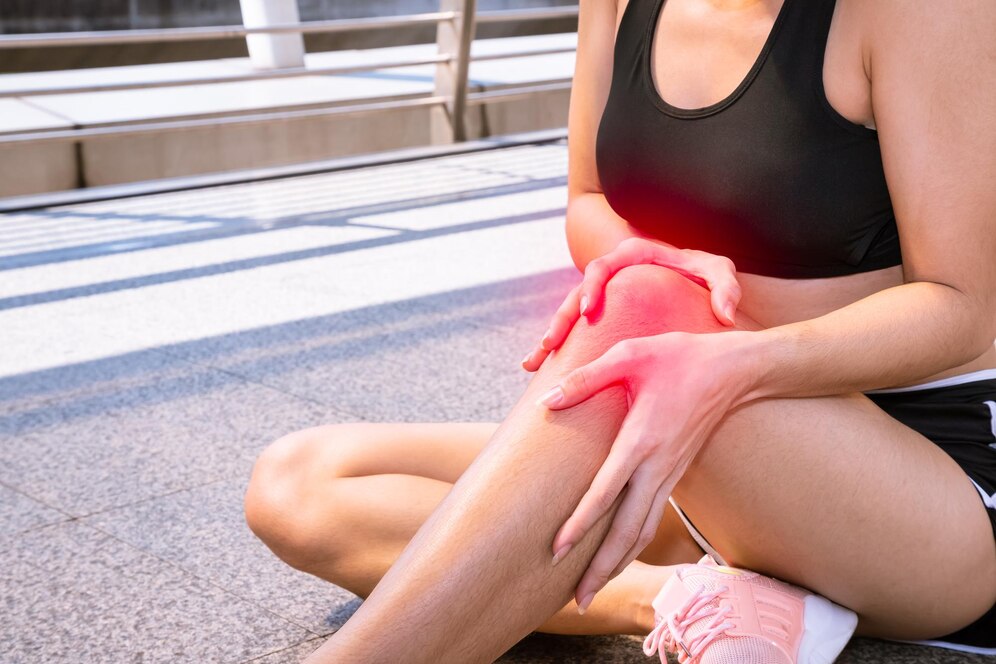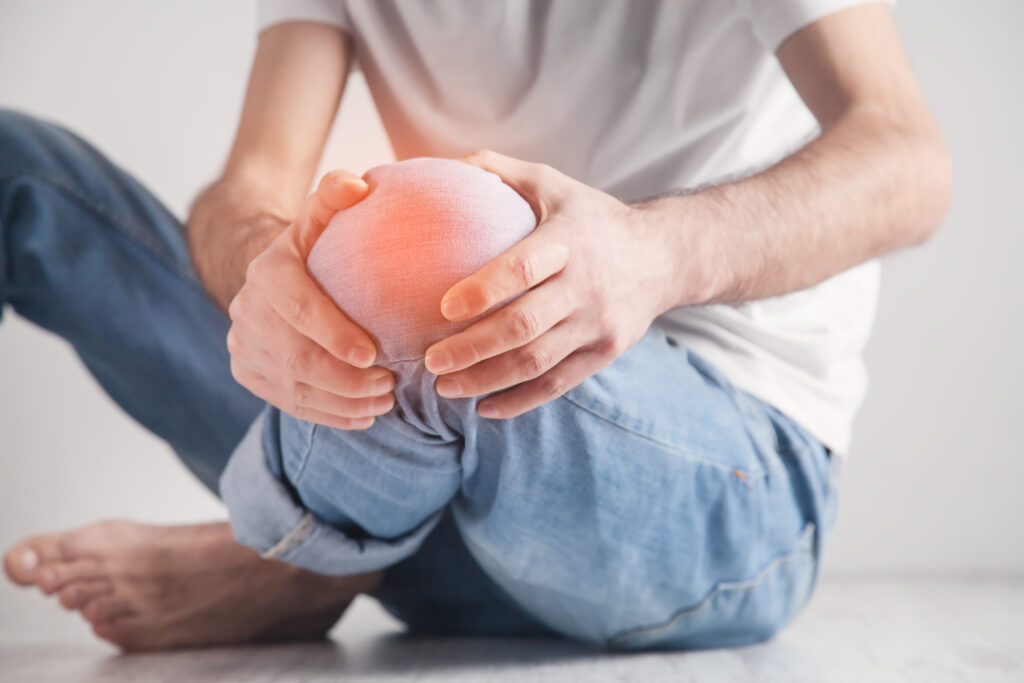If you've ever faced a sports injury, you know how essential it is to recover quickly and effectively. In Calhoun, there are numerous strategies and resources that can help you shorten your downtime. From early intervention techniques to personalized physical therapy, the options are plentiful. But what about the role of nutrition and mental resilience in your recovery? Understanding these elements could make all the difference in getting you back to your game sooner than you think. Let's explore how these factors intertwine and what you can do to maximize your healing process.
Understanding Sports Injuries
When you engage in sports, injuries can sometimes be an unavoidable part of the game. Whether you're playing a contact sport like football or a solo activity such as running, the risk of injury is always present. Understanding the types of injuries that can occur is vital for any athlete. Common injuries include sprains, strains, fractures, and tendonitis. Each type has its own causes and symptoms, and recognizing these can help you take preventive measures.
Sprains involve the stretching or tearing of ligaments, often caused by awkward movements or falls. Strains, on the other hand, affect muscles or tendons and typically result from overexertion or improper technique. Fractures can happen from high-impact collisions or repetitive stress, while tendonitis is usually a result of chronic overuse, leading to inflammation in the tendons.
Being aware of these injuries can empower you to adopt better training practices. For instance, warming up adequately before participating in any sport can greatly reduce your risk. Additionally, using the right equipment and maintaining proper form during activities can help prevent injuries.
If you notice any signs of pain or discomfort, it's important to listen to your body. Ignoring these signals could lead to more severe injuries down the line.
Ultimately, understanding sports injuries not only prepares you for the risks involved but also helps you foster a safer and more enjoyable athletic experience.
Importance of Early Intervention
Recognizing the signs of an injury early can make a notable difference in your recovery process. When you notice discomfort or pain, it's essential to act quickly. Delaying intervention can lead to more severe injuries and extended recovery times.
By addressing issues promptly, you can't only alleviate pain but also get back to your favorite sports activities sooner.
Here are three key reasons why early intervention is vital:
- Prevents Further Injury: The sooner you seek treatment, the less likely you're to aggravate your injury. Immediate care can help prevent minor issues from evolving into major problems.
- Promotes Faster Healing: Early intervention often leads to a more effective treatment plan. When you address the injury quickly, you're more likely to utilize methods that promote healing, such as physical therapy or rest.
- Reduces Pain and Discomfort: Taking action early can greatly decrease the amount of pain you experience. Whether it's through ice therapy, rest, or medical attention, managing the injury promptly can lead to a more comfortable recovery.
Innovative Recovery Techniques
When you're recovering from a sports injury, innovative techniques can make a big difference.
Cryotherapy helps reduce inflammation and speeds up healing, while Active Release Techniques can alleviate muscle tension and improve mobility.
Exploring these methods might just give you the edge you need to get back in the game faster.
Cryotherapy for Healing
Cryotherapy, in the domain of innovative recovery techniques, has gained significant attention for its potential to expedite healing after sports injuries. This method involves exposing your body to extremely cold temperatures, typically in a cryo chamber or with localized ice therapy.
By doing this, you can reduce inflammation, alleviate pain, and promote faster recovery.
Here are three key benefits of cryotherapy for healing:
- Reduced Inflammation: The cold exposure constricts blood vessels, which decreases swelling and inflammation around the injured area. This helps you feel better sooner.
- Pain Relief: Cryotherapy can numb nerve endings in the affected area, providing immediate pain relief. This can be especially valuable during the acute phase of an injury.
- Accelerated Recovery: By enhancing blood circulation post-treatment, cryotherapy promotes the delivery of oxygen and nutrients to damaged tissues, speeding up your overall recovery process.
Incorporating cryotherapy into your recovery routine could make a significant difference in how quickly you bounce back from sports injuries.
Active Release Techniques
After exploring the benefits of cryotherapy, another innovative recovery technique that can greatly aid in sports injury rehabilitation is Active Release Techniques (ART).
This hands-on therapy targets soft tissue injuries by addressing muscle, fascia, tendons, ligaments, and nerves. ART focuses on identifying and treating specific areas of tension or dysfunction, which can be vital in speeding up your recovery.
When you undergo ART, a trained provider uses precise movements to release tight muscles and restore normal function. You'll likely find that this technique not only alleviates pain but also enhances your overall mobility.
By breaking down adhesions and scar tissue, ART promotes better blood flow and accelerates healing.
It's essential to communicate openly with your ART practitioner about your injury and any discomfort you experience during the session. This way, they can tailor the treatment to your specific needs.
Many athletes report significant improvements in their performance and recovery times after integrating ART into their rehabilitation plan.
Incorporating Active Release Techniques into your recovery regimen can be a game-changer, helping you get back to your sport faster and stronger.
Role of Physical Therapy
Utilizing physical therapy is vital for athletes looking to speed up their recovery from injuries. It's not just about resting; engaging in a targeted rehabilitation program can greatly enhance your healing process.
Physical therapists work with you to restore movement, strength, and function, ensuring you get back to your sport as quickly and safely as possible.
Here are three key roles physical therapy plays in your recovery:
- Pain Management: Physical therapists use techniques like manual therapy, ice, or ultrasound to help alleviate pain. This makes it easier for you to engage in rehabilitation exercises without discomfort.
- Restoring Mobility: After an injury, it's common to experience stiffness or reduced range of motion. Your therapist will design a personalized program that focuses on stretches and mobility exercises, helping you regain full movement in the injured area.
- Strengthening the Affected Area: Once you've regained some mobility, your therapist will introduce strengthening exercises. These are vital for rebuilding muscle strength, stability, and endurance, ensuring that you're not only recovering but also preventing future injuries.
Nutrition for Faster Healing
Nutrition plays an essential role in your recovery from sports injuries.
By focusing on vital nutrients and staying properly hydrated, you can greatly enhance your healing process.
Let's explore what specific foods and fluids can support your journey to full recovery.
Essential Nutrients for Recovery
When it comes to speeding up your recovery from sports injuries, incorporating the right nutrients into your diet can make all the difference. A balanced intake of essential nutrients not only aids in tissue repair but also helps reduce inflammation and boosts your immune system.
Here are three key nutrients you should focus on:
- Protein: This nutrient is essential for rebuilding muscle and repairing damaged tissues. Aim for lean proteins like chicken, fish, beans, and nuts to support your recovery process.
- Omega-3 Fatty Acids: Found in fish like salmon and walnuts, omega-3s have anti-inflammatory properties that can help alleviate pain and swelling, speeding up healing.
- Vitamins C and D: Vitamin C plays an important role in collagen formation, essential for tissue repair, while Vitamin D helps with bone health. Citrus fruits, leafy greens, and sunlight can help you get these vitamins.
Hydration and Healing Importance
Staying properly hydrated is essential for your recovery from sports injuries, as water plays an important role in nearly every bodily function. When you're injured, your body requires more fluids to repair tissues and reduce inflammation. Dehydration can slow down this healing process, leading to longer recovery times and increased discomfort.
You should aim to drink plenty of water throughout the day, especially if you're dealing with pain or swelling. Electrolyte-rich drinks can also help replenish minerals lost through sweat, particularly if you're engaging in physical therapy or gentle exercises to regain strength.
Additionally, proper hydration supports circulation, which is vital for delivering nutrients to damaged tissues. When you're well-hydrated, your blood volume increases, aiding in the transport of oxygen and nutrients to where they're needed most.
Don't wait until you feel thirsty to hydrate; make it a habit to drink water consistently.
Mental Resilience in Recovery
Mental resilience plays an essential role in your recovery from sports injuries. It's not just about physical healing; your mindset considerably impacts how quickly and effectively you bounce back.
When you face the challenges of recovery, cultivating mental strength can help you stay focused, motivated, and committed to your rehabilitation goals.
Here are three key strategies to enhance your mental resilience during recovery:
- Set Realistic Goals: Break your recovery process into smaller, achievable milestones. Celebrate each victory, no matter how small, as this can boost your morale and keep you motivated.
- Stay Positive: Surround yourself with supportive people who uplift you and encourage a positive outlook. Practicing gratitude by acknowledging what you can still do can shift your focus from limitations to possibilities.
- Visualize Success: Use visualization techniques to imagine yourself fully recovered and back in your sport. This mental imagery can reinforce your determination and help you stay committed to your recovery plan.
Local Resources in Calhoun
Exploring local resources in Calhoun can greatly enhance your recovery journey from sports injuries. You'll find a variety of options that cater specifically to your needs, making it easier to get back on your feet.
Start with Calhoun's physical therapy clinics. These clinics employ skilled therapists who specialize in sports injuries. They'll develop a personalized treatment plan, guiding you through exercises that promote healing and strength.
Additionally, many clinics offer complimentary assessments, allowing you to pinpoint the best course of action for your recovery.
Don't overlook local gyms and fitness centers, either. Many have recovery programs or classes tailored to injury rehabilitation. Joining these classes can help you stay active while focusing on your recovery, ensuring you maintain a connection to your fitness goals.
Calhoun also boasts various wellness centers that provide alternative therapies like acupuncture and massage. These treatments can alleviate pain and speed up healing by improving blood circulation.
If you're interested, check out local listings to find reputable practitioners who can assist in your recovery.
Lastly, consider connecting with local sports teams or clubs. They often have resources and experienced coaches who can offer advice on recovery strategies.
Engaging with your community not only provides support but can also motivate you to stay committed to your recovery plan.
Preventing Future Injuries
Although recovering from a sports injury is crucial, preventing future injuries is equally important for your long-term health and performance.
To keep yourself safe and improve your athletic ability, it's important to adopt some proactive strategies. Here are three key steps you can take:
1. Strength Training: Incorporate strength training into your routine to build muscle stability and support your joints. Focus on exercises that target the muscles most used in your sport. This not only helps prevent injury but also enhances your performance.
2. Proper Warm-up and Cool-down: Always start with a proper warm-up to prepare your body for physical activity. Dynamic stretches and light cardio can increase your heart rate and flexibility.
After your workout, cool down with static stretches to improve flexibility and promote recovery.
3. Listen to Your Body: Pay attention to any pain or discomfort during your activities. Ignoring these signals can lead to more serious injuries.
If something feels off, take a break and assess your condition. Consulting with a coach or a healthcare professional can also provide valuable insights.
Conclusion
In Calhoun, speeding up your sports injury recovery is all about taking proactive steps. By understanding your injury, seeking early intervention, and utilizing innovative recovery techniques, you can get back on track faster. Don't underestimate the power of proper nutrition and mental resilience to keep you motivated. With local resources at your fingertips, you can create a solid recovery plan that not only heals but also helps prevent future injuries. Stay committed, and you'll bounce back stronger than ever!



